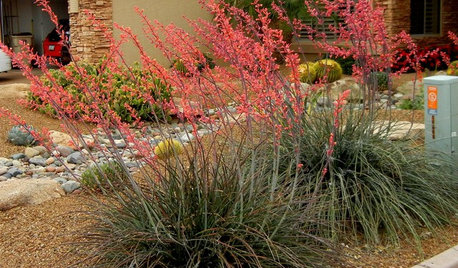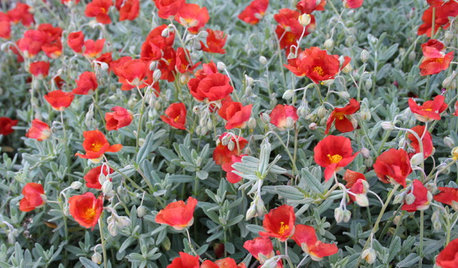Overseed on wet or dry lawn?
gardengrl
9 years ago
Featured Answer
Comments (8)
gardengrl
9 years agomorpheuspa (6B/7A, E. PA)
9 years agoRelated Professionals
Harrison Landscape Architects & Landscape Designers · Ilchester Landscape Architects & Landscape Designers · Taylorsville Landscape Architects & Landscape Designers · Middletown Landscape Contractors · Brockton Landscape Contractors · Canyon Lake Landscape Contractors · Homewood Landscape Contractors · McLean Landscape Contractors · Richmond Landscape Contractors · Shaker Heights Landscape Contractors · Vineyard Landscape Contractors · Shafter Landscape Contractors · Suisun City Landscape Contractors · Conroe Swimming Pool Builders · Visalia Swimming Pool Buildersmorpheuspa (6B/7A, E. PA)
9 years agodchall_san_antonio
9 years agomorpheuspa (6B/7A, E. PA)
9 years agodchall_san_antonio
9 years agomorpheuspa (6B/7A, E. PA)
9 years ago
Related Stories

BEFORE AND AFTERSSee 6 Yards Transformed by Losing Their Lawns
Wondering whether a turf lawn is the best use of your outdoor space? These homeowners did, and they found creative alternatives
Full Story
MOST POPULARMeet a Lawn Alternative That Works Wonders
Carex can replace turfgrass in any spot, is low maintenance and adjusts easily. Add its good looks and you’ve got a ground cover winner
Full Story
GARDENING FOR BUTTERFLIESGreat Design Plant: Red Yucca Spikes Dry Spots With Color
Neither heat nor cold nor lack of water fazes this flowering succulent, which adds spiky texture to Southwestern landscapes
Full Story
GARDENING GUIDESGardening Solutions for Dry, Sandy Soils
Has your desert or beachy site withered your gardening creativity? Try these ideas for a beautiful, easy-care landscape
Full Story
GARDENING GUIDESGreat Design Plant: Sunrose Dazzles on Dry Slopes
Abundant blooms and attractive foliage make this plant a welcome sight in sunny, well-drained spots
Full Story
LANDSCAPE DESIGN15 Great Ideas for a Lawn-Free Yard
End the turf war for good with hardscaping, native grasses and ground covers that save water and are easier to maintain
Full Story
FRONT YARD IDEASBefore and After: Front Lawn to Prairie Garden
How they did it: Homeowners create a plan, stick to it and keep the neighbors (and wildlife) in mind
Full Story
LANDSCAPE DESIGNCalifornia Says Goodbye to the Sprawling Ornamental Lawn
New state rules will effectively limit turfgrass to 25 percent of the landscape in most new and renovated yards
Full Story
EARTH DAYThe Case for Losing the Traditional Lawn
Work less, help the environment and foster connections by just saying no to typical turf
Full Story
GREAT HOME PROJECTSHow to Replace Your Lawn With a Garden
New project for a new year: Lose the turfgrass for energy savings, wildlife friendliness and lower maintenance
Full StoryMore Discussions







podany4tx